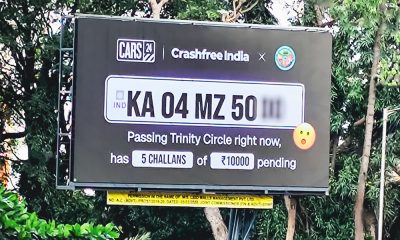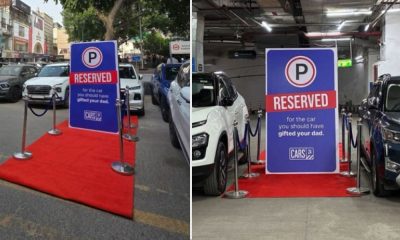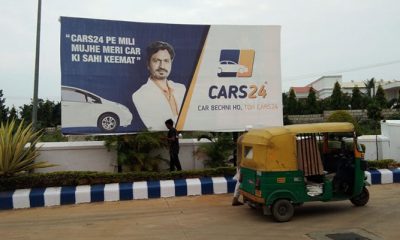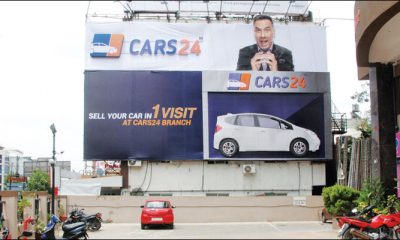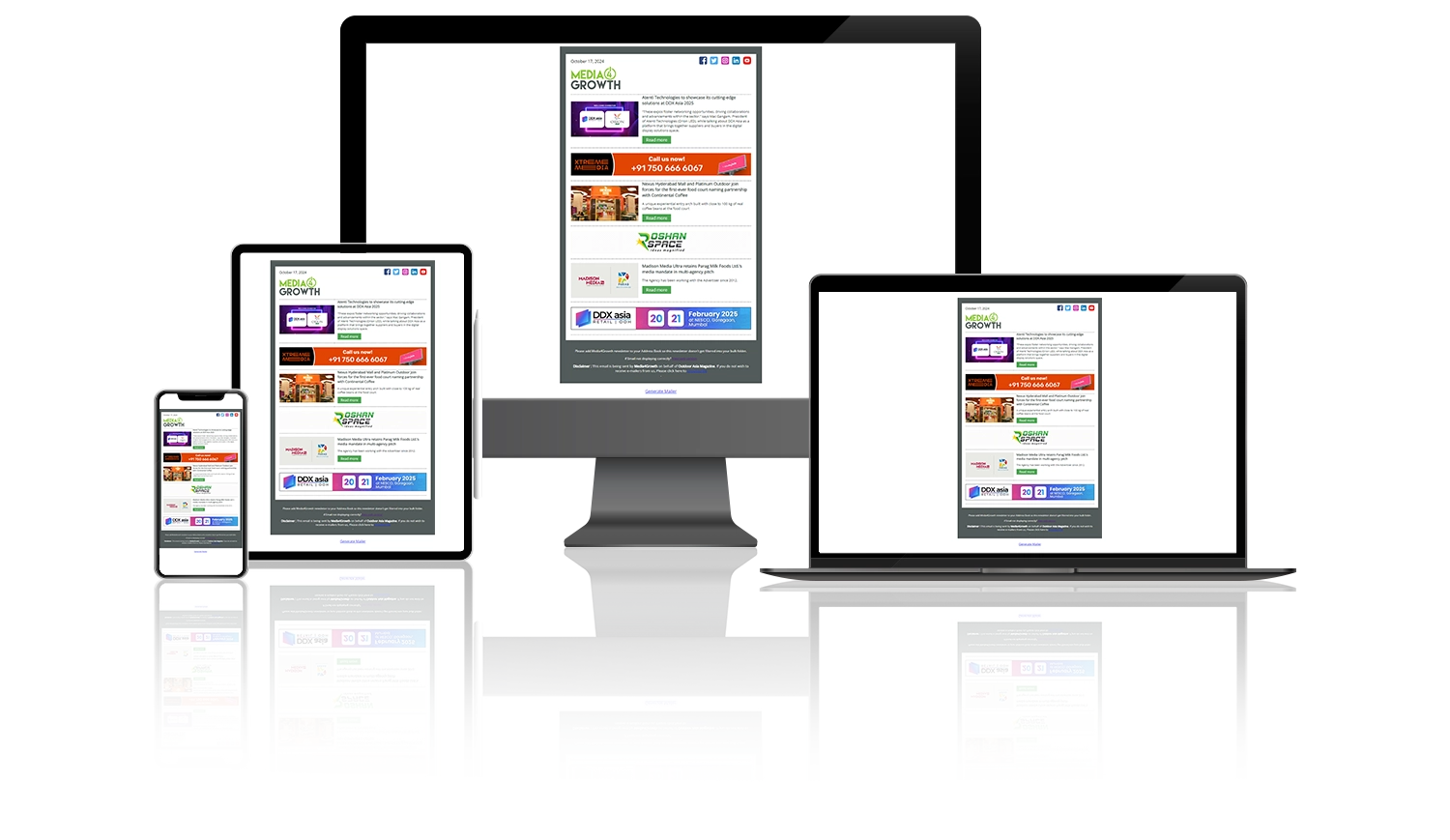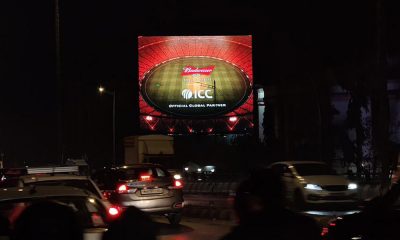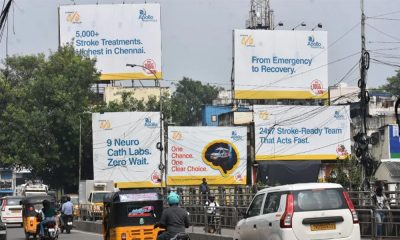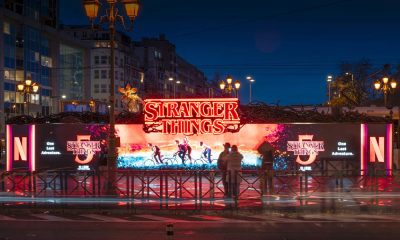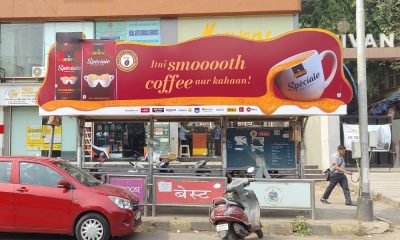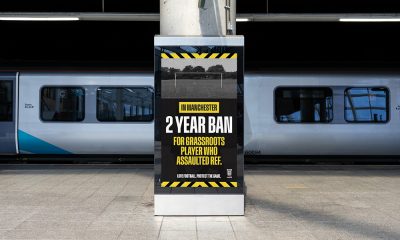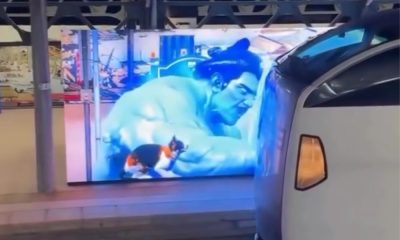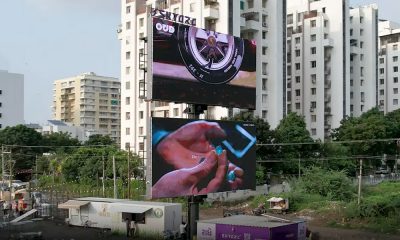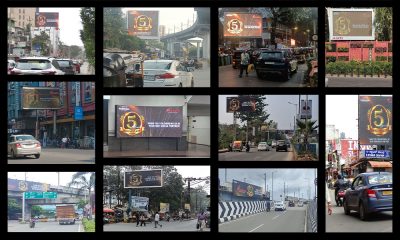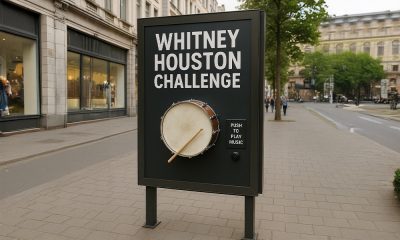Brand Insights
When AI met the streets: How CARS24’s Bengaluru billboard turned technology into accountability
Gajendra Jangid, Co-Founder & CMO of CARS24, breaks down how the brand’s AI-powered OOH experiment blended engineering precision with civic intent to remind drivers that responsibility is non-negotiable on Indian roads.
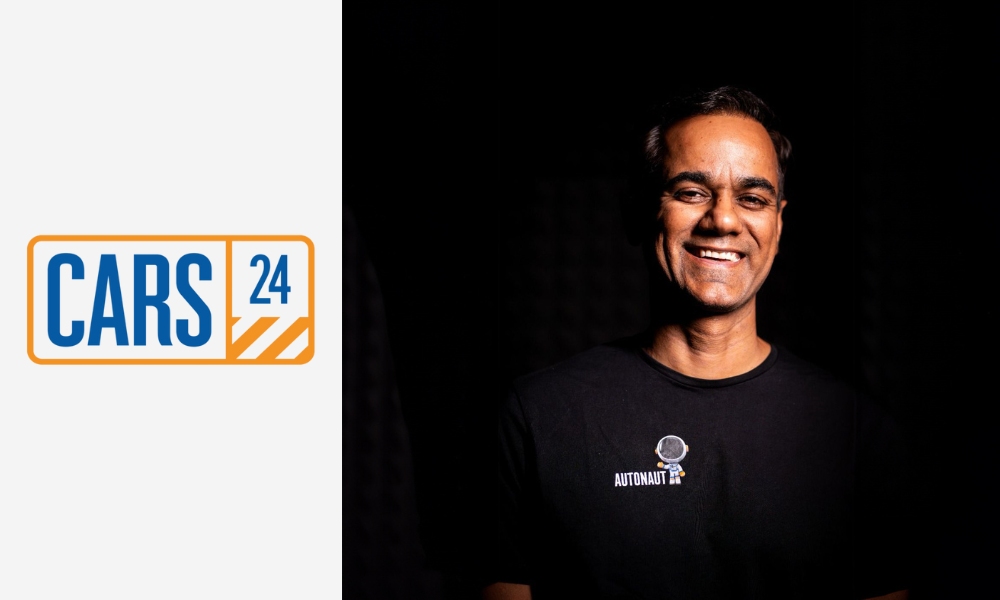
When a first-of-its-kind AI-enabled billboard lit up at Bengaluru’s Trinity Circle in partnership with the Bengaluru Traffic Police everyday commute turned into a civic diagnostics moment. Cars passing through the junction saw their pending challans flash briefly on a massive LED screen. No product plug. No commercial CTA. Just a public-interest intervention under CARS24’s CrashFree India initiative.
What looked like a simple interaction vehicle passes, number flashes was in fact a real-time loop of AI vision, public database integration, and behavioural psychology playing out in peak-hour traffic. Gajendra Jangid, Co-Founder & CMO of CARS24, deconstructed the system that turned a billboard into a live accountability mirror.
Engineering a reminder in under ten seconds
“At first glance it looked effortless as a car passes and its challan flashes on a screen,” said Gajendra. “But under the hood it was precision engineering serving civic purpose.”
The system deployed edge-based AI with Automatic Number Plate Recognition (ANPR), tuned to read plates from nearly 100 metres through rain, glare or speed. Once captured, the plate was verified and securely checked against VAHAN. A custom middleware then relayed pending challans, expired insurance or PUC status to the outdoor screen — all within 10 seconds.
Trinity Circle, one of the city’s most disorderly junctions, made implementation even harder. “We had to optimise camera angles, retrain AI on local plate formats, and build redundancies to avoid false triggers under congestion,” Gajendra added.
Designing accountability without humiliation
The campaign ignited debate online was this public shaming? Gajendra is clear it wasn’t.
“We knew we were on a tightrope between awareness and accountability. The intention was never to shame, it was to remind,” he said.
Each plate appeared only for seconds long enough to register, never long enough to single anyone out. “Language was factual, tone neutral even compliant drivers were acknowledged,” he noted.
He explained the intended psychology: “We wanted that brief jolt like when your name is called in school assembly. Not anger awareness. That ‘this is on me’ moment. Behaviour change always begins with a pause.”
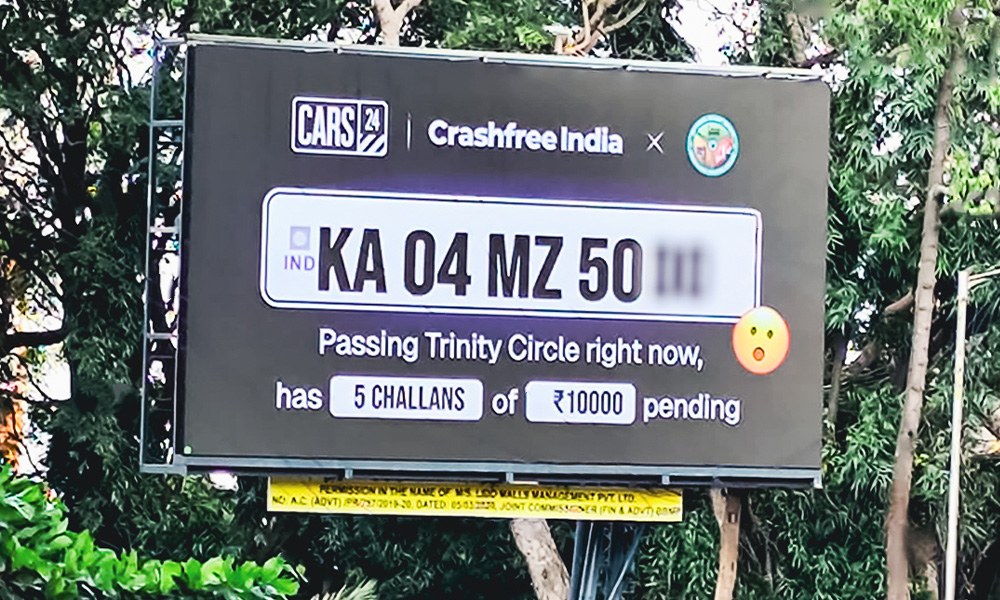
Measuring change, not just visibility
Unlike most OOH, success here wasn’t measured in impressions. “Our metric of success was not impressions it was improvement,” Gajendra said.
CARS24 tracked:
- Challan payments in surrounding pincodes before vs after
- PUC/insurance renewals in a 3-km radius
- Traffic discipline indicators shared by Police
- Repeat offenders revisiting the junction with violations
“Early signals were clear awareness converted into action. That’s real ROI for us when technology converts accountability into public safety,” he said.
Why AI-OOH is a brand statement, not a stunt
“This wasn’t an ad. It was taught, not sold,” said Gajendra. “That is core to us, technology shouldn’t only power transactions, it should power transformation.”
Under CrashFree India, the brand intentionally pushes safety upstream not only inside cars, but into the public space where behaviour forms.
Programmatic thinking, public purpose
CARS24 used programmatic DOOH tools to shift creatives by context. “We optimised messaging by hour and by weather, for example during rain, when violation risks spike,” he said. “ROI is no longer CPM, it’s CPA: cost per action taken because they saw the message.”
Ethics before expansion
Real-time public AI naturally raises regulatory questions. “Innovation moves faster than regulation,” Gajendra cautioned. “A national framework for AI in public spaces is essential.”
He stresses privacy-by-design was non-negotiable: no names, no retention, no reuse, and only secure government-approved data pipes.
The next wave: OOH that solves, not just shows
Looking forward, CARS24 sees OOH becoming interactive, contextual and problem-solving. “We’re exploring AR-based layers to help users locate nearest PUC or pay challans on the spot. Personalisation here is not for profiling it’s for solving,” he said.
“When technology makes someone renew insurance or slow down during rain, that’s not advertising anymore. That’s a service.”
Technology with conscience
In hindsight, the installation proved a simple thesis: street-level AI, when deployed with intent, can change public behaviour without coercion. “The goal was not to celebrate innovation, it was to reawaken responsibility,” said Gajendra. “Paying a challan or renewing a PUC sounds small but small acts of responsibility are what save lives.”
The billboard did not change how people saw ads — it changed how ads could see people.
